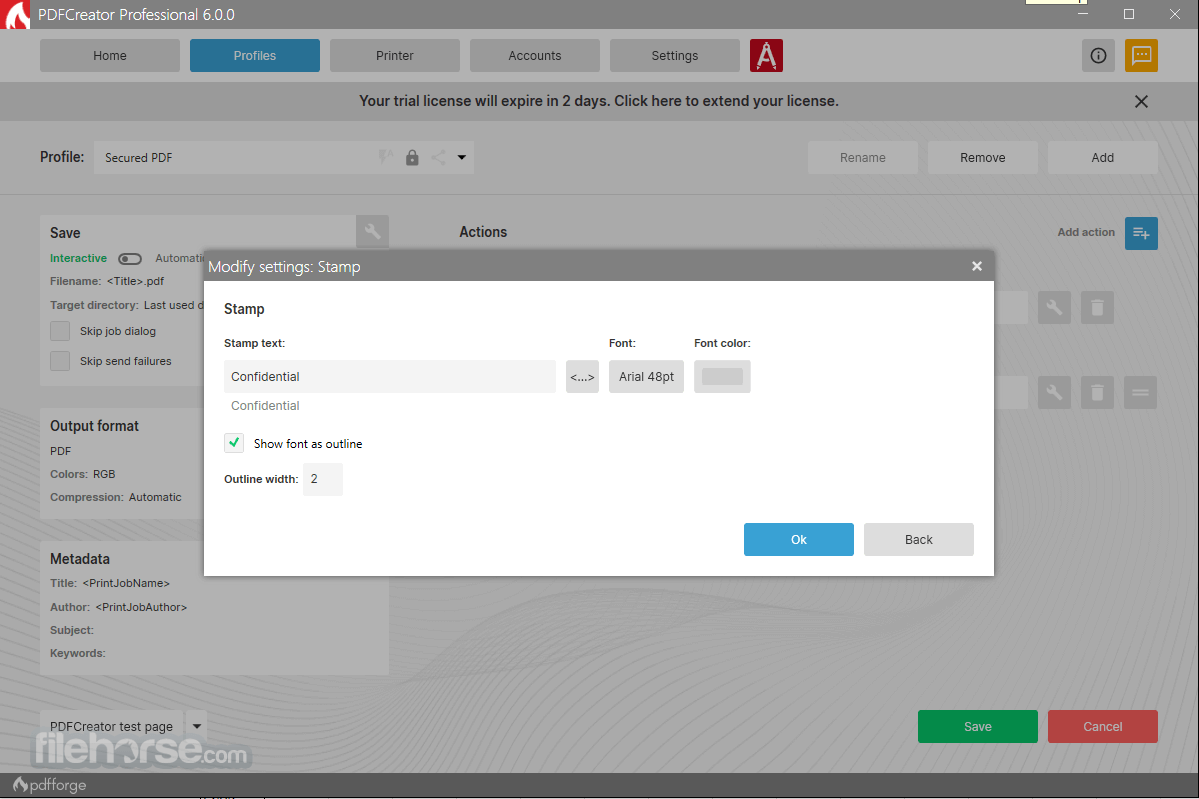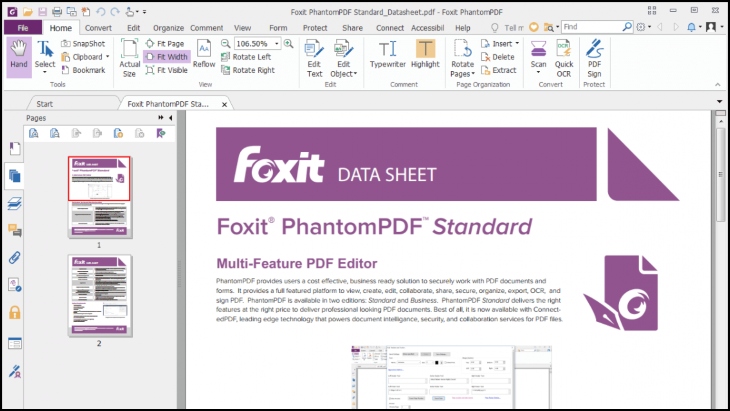

- CAN I HIGHLIGHT PDF FILES ON WINDOWS 8 HOW TO
- CAN I HIGHLIGHT PDF FILES ON WINDOWS 8 MAC OS
- CAN I HIGHLIGHT PDF FILES ON WINDOWS 8 CODE
It is an easy-to-use yet powerful PDF editor allowing you to edit and markup PDF texts.
CAN I HIGHLIGHT PDF FILES ON WINDOWS 8 HOW TO
If you are having problem with how to highlight a PDF on Mac (macOS 10.15), you could opt for a program called PDFelement (or PDFelement for Mac). Part 1: How to Highlight PDF Files on Mac Using PDF Highlighting Tool Part 1: How to Highlight PDF Files on Mac Using PDF Highlighting Tool.But how can you highlight text in a PDF for further reference? Here we would like to share the easy solution on how to highlight PDF easily. There might be times you need to highlight important information in PDF eBooks when reading. ("\t# Annotations: " + la.Now most of the files are saved in PDF format. PDDocumentCatalog cat = doc.getDocumentCatalog() PDDocumentInformation info = doc.getDocumentInformation() ĬOSDictionary dict = info.getDictionary()
CAN I HIGHLIGHT PDF FILES ON WINDOWS 8 CODE
Here's a sample of what the code looks like (back from version 0.7.2), that likely came from one of the provided examples: // load the document The effort of comparing them for their differences in itself can help you to better understand the nature of the PDF syntax and file format.

If you compare above tools and the command line examples given, you will discover that they do NOT all produce identical outputs. Such PDF parts are JPEG images, fonts or ICC color profiles. Please note that some binary parts inside a PDF are not necessarily uncompressible (or decode-able into human readable ASCII code), because they are embedded and used in their native format inside PDFs. 5 into a *.dump file: pdf-parser.py -o 5 -f -d obj5.dump my.pdf Here is an example how I would extract the uncompressed stream of PDF object no. Their background is also to help explore malicious PDFs - but I also find it useful to analyze the structure and contents of benign PDF files. Pdfid.py and pdf-parser.py are two PDF tools by Didier Stevens written in Python. I'll not give a usage example here, but only a link to its documentation: It can be used interactively to "browse" the objects and streams contained in a PDF. Its original purpose was for research and dissection of PDF-based malware, but I find it useful also to investigate the structure of completely benign PDF files. PeePDF is a Python-based tool which helps you to explore PDF files. Use it like this to uncompress PDF streams: podofouncompress orig.pdf uncompressed-podofo.pdf PoDoFo is an FreeSoftware/OpenSource library to work with the PDF format and it includes a few command line tools, including podofouncompress. The following command does also uncompress streams and makes them more easy to inspect through a text editor: mutool clean -d orig.pdf uncompressed-mutool.pdf There is also the mutool command line tool which comes bundled with the MuPDF PDF viewer (which is a sister product to Ghostscript, made by the same company, Artifex). Most of the previously compressed (and hence, binary) bytes will now be plain text. Then just open + inspect the uncompressed-qpdf.pdf file in your favorite text editor. Qpdf describes itself as a tool that does "structural, content-preserving transformations on PDF files". Use qpdf to uncompress (most) object's streams and also dissect ObjStm objects into individual indirect objects: qpdf -qdf -object-streams=disable orig.pdf uncompressed-qpdf.pdf
CAN I HIGHLIGHT PDF FILES ON WINDOWS 8 MAC OS
All of the tools below work on Linux, Mac OS X, other Unix systems or Windows. Besides the GUI-based tools mentioned in the other answers, there are a few command line tools which can transform the original PDF source code into a different representation which lets you inspect the (now modified file) with a text editor.


 0 kommentar(er)
0 kommentar(er)
